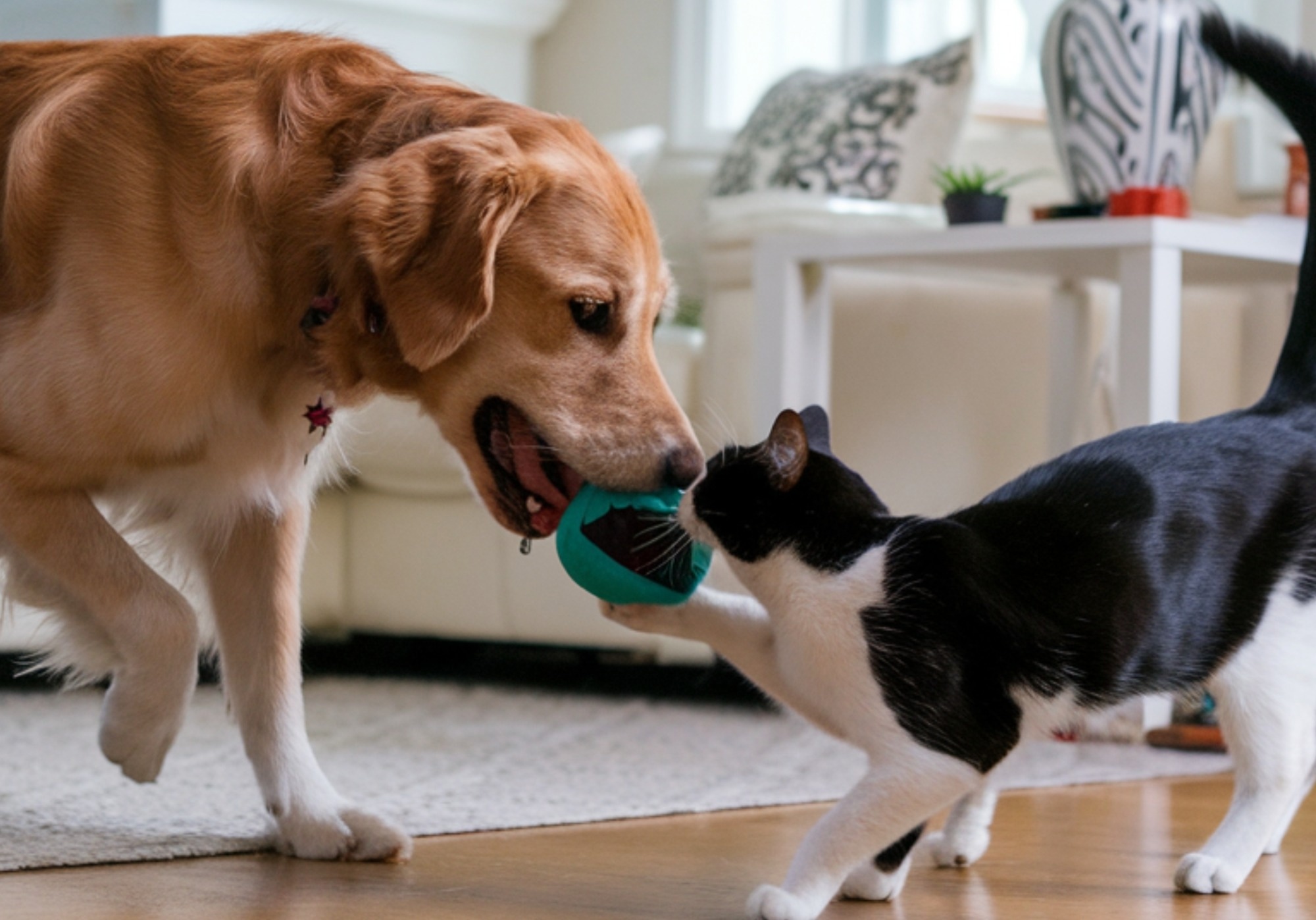While pets can soften the sting of loneliness for those living alone, researchers warn that emotional balance depends on nurturing human relationships alongside animal companionship.

Study: The mediating role of loneliness in the relationship between pet ownership and human well-being. Image Credit: VisualMosaic / Shutterstock
In a recent study published in the journal Scientific Reports, researchers at The Education University of Hong Kong investigated the impact of pet ownership on human well-being.
Researchers concluded that while pet owners living alone reported lower loneliness than non-owners, there was no significant direct difference in well-being between groups. Instead, the study showed that pets may enhance well-being indirectly through reduced loneliness, and that balanced human relationships remain essential for optimal mental health, even when individuals form strong attachments to pets.
Background
Pet ownership has become increasingly common worldwide, with millions of households keeping animals primarily for companionship rather than utility. This shift has sparked interest in understanding the impact of pets on human well-being.
Research has shown mixed results: while some studies report higher happiness and lower depression among pet owners, others find no difference. Still others highlight negative effects, such as financial strain or grief following pet loss. These inconsistencies highlight the absence of a unified framework explaining how pet ownership affects mental health.
One promising explanation involves loneliness, a key predictor of poor well-being. Pets can reduce loneliness by providing companionship, emotional support, and social interaction opportunities, especially for people who live alone or lack strong human connections.
However, the benefits of pet ownership may depend on living arrangements; those living alone often gain more emotional support from pets than those living with others.
Additionally, attachment theory offers insight into the emotional bonds humans form with pets. While strong pet attachment can enhance well-being, over-reliance on pets as substitutes for human relationships may have adverse effects.
About the Study
Researchers explored how pet ownership influences well-being, focusing on the roles of loneliness, living arrangements, and pet attachment. Participants aged 18 to 60 from Hong Kong and mainland China were recruited online through social media and university networks.
Participants completed an online questionnaire including demographic details, current or former pet ownership status, and standardized scales measuring loneliness, pet attachment, and well-being. Loneliness was assessed using a 20-item Loneliness Scale.
Pet attachment, completed only by pet owners, was measured using a 23-item Attachment to Pets Scale. Well-being was evaluated with an 18-item General Well-being Scale.
After excluding incomplete responses, data from 193 ethnically Chinese participants (62.7% current or former pet owners, 37.3% non-owners) were analyzed.
Data analysis included calculating Cronbach’s alpha and analyzing non-normal variables using Spearman’s rho correlations. ANCOVA compared well-being and loneliness between pet owners and non-owners. Mediation and moderation analyses tested whether loneliness mediated, and living arrangement moderated, the relationship between pet ownership and well-being. Power analysis confirmed the sample was sufficient to detect medium effects.
Key Findings
Among 193 participants, 62.7% were pet owners, and 9.3% lived alone. Correlation analyses showed that well-being was negatively associated with loneliness and with the “interpersonal substitution” aspect of pet attachment, which in turn was positively related to loneliness.
ANCOVA showed no significant differences in well-being by pet status, pet type, or ownership duration. However, loneliness was lower for both current and former pet owners living alone compared to non-owners living alone, while no difference was observed among those living with others.
Mediation analysis confirmed that loneliness mediated the relationship between pet ownership and well-being only for individuals living alone, suggesting pets may be associated with reduced loneliness and indirectly support well-being in this group.
Among pet owners, regression analyses revealed that the interpersonal substitution dimension of pet attachment was the only significant predictor of reduced well-being. Further mediation testing showed that loneliness thoroughly explained this negative relationship, indicating that relying on pets as substitutes for human relationships increases loneliness, thereby lowering well-being.
Conclusions
The study demonstrates that pets may help alleviate loneliness and indirectly enhance well-being for those living alone, supporting the idea that animals can serve as emotional companions when human social support is limited.
However, owning a pet alone did not directly improve well-being, suggesting emotional benefits depend on context and relationship quality. Interpersonal substitution, using pets to fill human relational gaps, was linked to higher loneliness and poorer well-being, underscoring the importance of maintaining human connections alongside pet companionship.
Key strengths include a theoretically grounded approach that integrates attachment and social context perspectives, along with robust statistical analyses confirming the moderated mediation effects.
Limitations include reliance on self-reported data, a cross-sectional design preventing causal inference, and a relatively small number of participants living alone. The sample’s cultural homogeneity (Chinese participants from Hong Kong and mainland China) also limits generalizability.
Overall, the study underscores that pets may promote well-being mainly by reducing loneliness among those without strong human connections. It recommends encouraging healthy emotional attachment to pets while supporting continued engagement in human social relationships.
Future research should use longitudinal and cross-cultural designs to clarify causal pathways and cultural influences on pet–human dynamics.